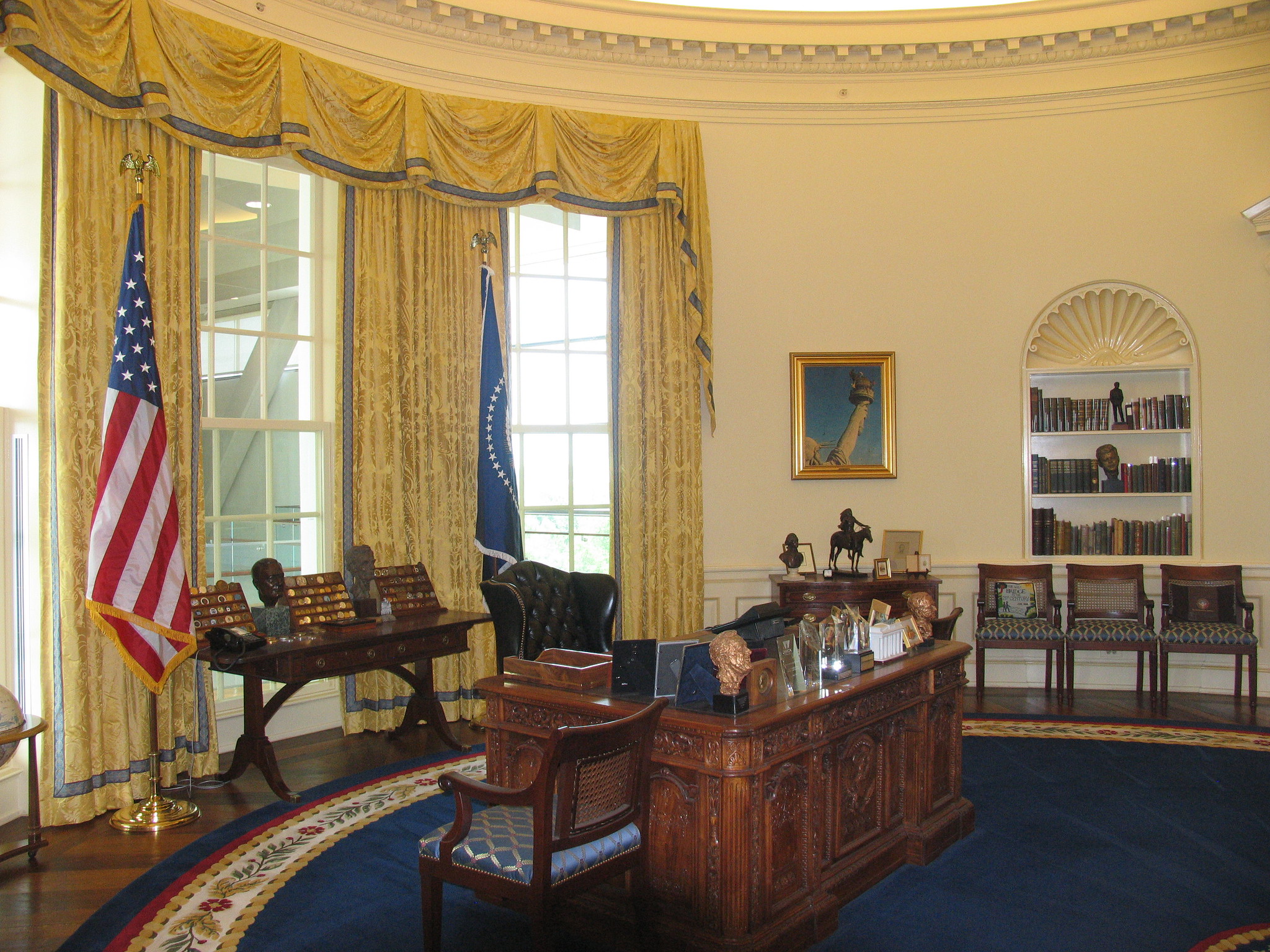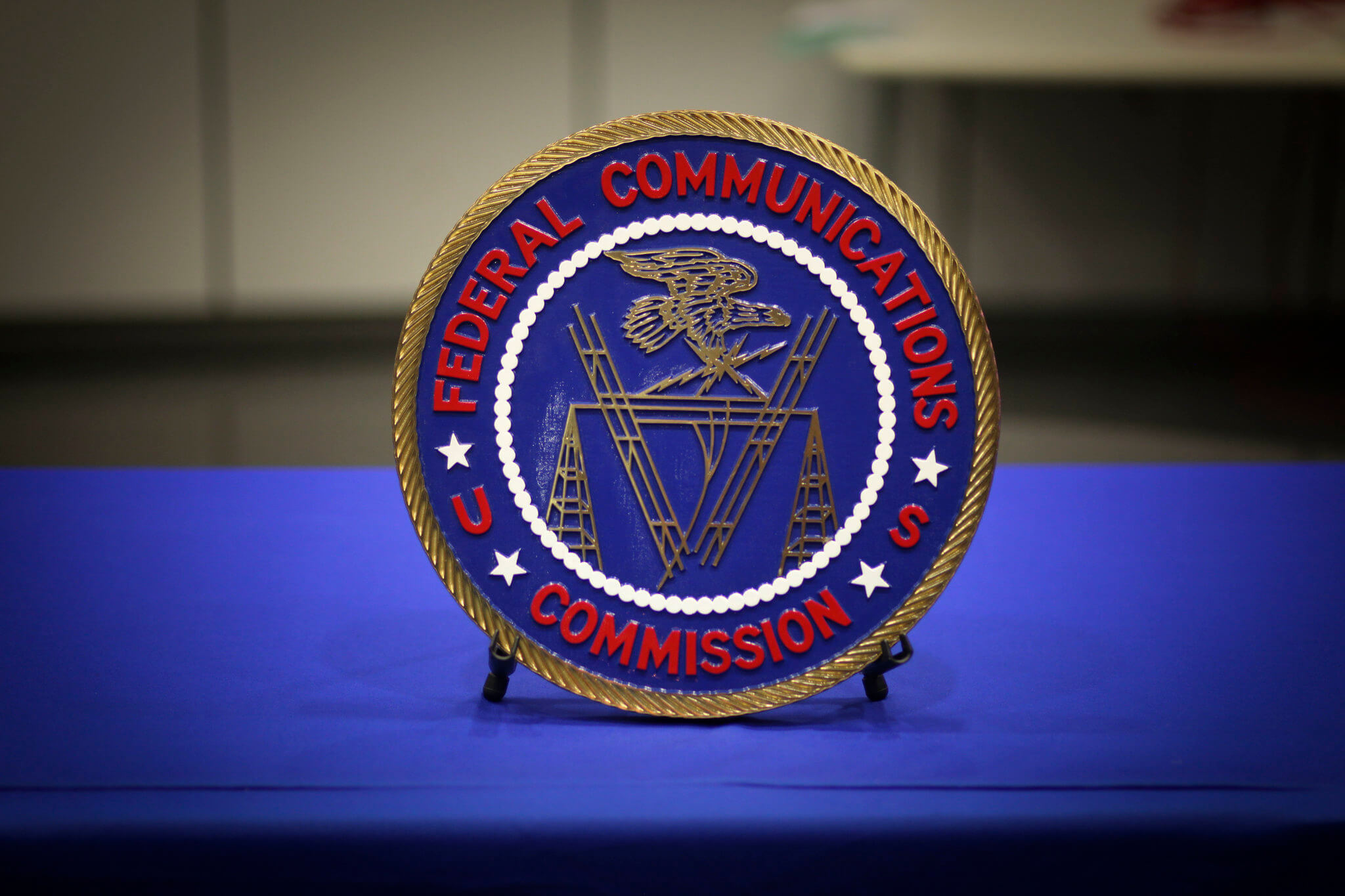What Rules Apply to Government Records During a Presidential Transition?
The current risk of document destruction warrants an explanation of an outgoing administration’s legal obligations to preserve government records and what happens to one administration’s records after its successor takes office.

Published by The Lawfare Institute
in Cooperation With

After the recent presidential election, many commentators and oversight groups have raised concerns that the Trump administration might destroy official documents during the transition. Their concerns have been fueled by President Trump’s actions. For instance, Politico reported in 2018 that his “unofficial ‘filing system’ involves tearing up documents into pieces, even when they’re supposed to be preserved.
Concerns about document destruction during presidential transitions are hardly novel, and can be particularly prevalent when an incumbent is transfering power to a president-elect of a different party. And these concerns are about more than imagination or paranoia: There is historical precedent to justify them. During the Bush to Clinton transition in 1992, for example, C. Boyden Gray, the chief White House lawyer, told President Bush’s aides that they could destroy telephone logs and other personal records that congressional investigators sought as part of their effort to discover whether the aides tried to damage Clinton’s presidential campaign. Separately, a federal judge issued a restraining order preventing the Bush White House from destroying computer records that the administration argued were not covered by federal records laws. In the order, Judge Charles R. Richey wrote that “[h]istory is full of instances where the outgoing President has decided to erase, burn or destroy all or substantially all Presidential or Executive Office of the President records before the end of his term.” In 2008, a Government Accountability Office (GAO) report determined that email records were not being appropriately identified and preserved. And in 2010, a report by the National Archives and Records Administration (National Archives) found that 95 percent of agencies had moderate to high risk of improper records management; that same year, Valerie C. Melvin, the GAO’s director of information management and human capital issues, testified that federal records management had received a low priority within the federal government.
The current risk of document destruction warrants an explanation of an outgoing administration’s legal obligations to preserve government records, how those obligations are enforced and what happens to one administration’s records after its successor takes over.
Preservation Obligations: The Federal Records Act and the Presidential Records Act
The Federal Records Act (FRA) and the Presidential Records Act (PRA) both establish the legal framework for the preservation of government records. These laws and related regulations apply in periods of both presidential transition and incumbency. Both acts have been amended in recent years in an effort to ensure that recordkeeping requirements capture the growing use of digital communication within government. For example, the Presidential and Federal Records Act Amendments of 2014 updated the definition of a record to emphasize the content of recorded information—rather than the medium used to store that information—in an effort to account for new channels of communication, including social media, email and text messaging.
The legal regime governing document preservation does not mandate special rules for periods of transition. The laws that facilitate a president-elect’s transition—most notably the Presidential Transitions Act (PTA)—focus instead on providing funding, facilities and other resources such as communications services that will facilitate the incoming president’s preparations to take office. The PTA also authorizes the administrator of the General Services Administration to fund orientation activities including preparing a summary of classified national security threats and composing a directory of the functions, duties, authorities and offices of the federal government. These activities also include acquainting the president-elect’s intended executive branch nominees with the types of problems and challenges they are likely to confront upon assuming their positions.
The Federal Records Act
The Federal Records Act, enacted in 1950, requires federal agency employees to preserve federal records. The FRA defines “records” as:
all recorded information made or received by a federal agency under federal law or in connection with the transaction of public business, and which is appropriate for preservation by the agency as evidence of the organization, functions, policies, decisions, procedures, operations, or other activities of the Government or because of the informational value of the data in them.
It excludes from this definition materials that will be used in libraries and museums intended solely for reference or exhibit. The law applies to executive branch agencies other than the Office of the President, the Office of the Vice President, and certain components of the Executive Office of the President considered to solely advise and assist the president, which are governed by the Presidential Records Act. Components of the Executive Office of the President that are governed by the FRA include the Office of Management and Budget, the Office of the United States Trade Representative, the Council on Environmental Quality, the Office of Science and Technology Policy and the Office of National Drug Control Policy. The FRA also applies to “independent agencies” like the Federal Reserve, and to some legislative and judicial entities, but not the House of Representatives, the Senate or the Supreme Court. Recordkeeping laws can also extend to federal contractors.
With regard to each agencies’ records, the agency heads—such as cabinet secretaries—must “make and preserve records containing adequate and proper documentation of the organization, functions, policies, decisions, procedures, and essential transactions of the agency.” Federal regulations specify that recordkeeping obligations extend to records that facilitate action by agency officials; make possible proper congressional oversight and scrutiny by other duly authorized government agencies; and document the formulation and execution of basic policies and decisions, among other requirements. Agencies must inform employees that they are responsible for keeping accurate and complete records of their activities. Agency heads must also cooperate with the archivist of the National Archives to implement an “economical and efficient” records management system. When there is a dispute about whether something qualifies as a federal record, the archivist’s determination is binding.
Under the FRA and related regulations, agencies work with the National Archives to determine whether federal records have permanent value—and should therefore be maintained in perpetuity by the federal government—or whether they are temporary records of which the agency should dispose. Agencies, in consultation with the National Archives, create records schedules that include a description of each type or series of records and note whether those records are temporary or permanent. The agencies then use those determinations to decide when and how to dispose of temporary records. The National Archives’s regulations define temporary records as those determined by the archivist to have insufficient value on the basis of current standards to warrant preservation in the National Archives. By contrast, permanent records are those that the National Archives has determined to have sufficient value to warrant preservation. According to the Congressional Research Service, only 2 to 3 percent of federal records are considered permanent.
The Presidential Records Act
Unlike the FRA, the PRA applies to a far narrower group of government officials. The PRA governs records created by the president, his or her immediate staff, or a person or office in the Executive Office of the President that advises or assists the president. To fall within the PRA, the record must have been created in the course of conducting activities relating to the president’s constitutional, statutory, or other official or ceremonial duties. This means that only some offices within the Executive Office of the President—including the White House Office, the Office of the Vice President, the Office of Policy Development, the Council of Economic Advisers, the National Security Council, the President’s Foreign Intelligence Advisory Board, the President’s Intelligence Oversight Board, the National Economic Council and the Office of Administration—are governed by the PRA. The PRA does not cover a president’s personal records, which include those of a purely private or nonpublic character; those relating exclusively to federal, state or local elections that have no relation to or direct effect on the carrying out of the president’s official duties; and those relating to private political associations.
Presidential records are treated differently from federal records regarding preservation, disposition and public access. Unlike the FRA, the PRA presumes that presidential records should be retained and preserved as permanent records: A president must first obtain the views of the archivist, who may consult with Congress, if the president seeks to dispose of the records during his or her time in office. The PRA also does not give the National Archives direct oversight authority over the White House’s records program, as it does with federal records programs. Instead, the president is responsible for interpreting whether the PRA applies to specific records, which implicates public and congressional access to those records. And unlike the FRA, the PRA grants the president exclusive responsibility for custody of, control of and access to presidential records during his or her presidency. The National Archives has a more active role under the FRA in developing document preservation policies alongside federal agencies.
Enforcement
The Federal Records Act and the Presidential Records Act each impose duties related to the enforcement of recordkeeping requirements. The FRA requires agency heads to create safeguards against the “removal or loss of records” and to inform agency employees of penalties for the unlawful removal or destruction of records. If an agency head learns of any “actual, impending, or threatened unlawful removal, defacing, alteration, corruption, deletion, erasure, or destruction of records in the custody of the agency,” the law requires that person—with the assistance of the archivist—to notify the attorney general to investigate the issue and undertake necessary recovery efforts. The archivist may work with the Justice Department to recover records if an agency head fails to participate.
The PRA, in comparison, provides even fewer safeguards against the destruction of records. The law leaves it to the president to “take all such steps as may be necessary” to ensure that presidential records are maintained and preserved. It also grants the president discretion to dispose of records that “no longer have administrative, historical, informational, or evidentiary value.” While a president must ask the advice of the archivist before destroying records, he or she is free to disregard that advice.
These duties might do little to, in the words of Brian Greer, “dissuade bad actors—especially those who are not worried about a future career in government.” But criminal penalties also may apply, and these could serve as a more effective deterrent. If a federal employee “willfully and unlawfully” conceals, removes, mutilates, obliterates, destroys or attempts to do any such action against a federal record, he or she can be fined and imprisoned for up to three years, lose his or her position, and be barred from holding future federal office. For instance, John Poindexter, the national security adviser to President Reagan, was convicted under this statute for destroying documents in connection with the Iran-contra affair, before his conviction was overturned on appeal.
Aside from the risk of bad actors, technological developments and the recent amendments to the FRA and PRA pose new difficulties associated with document preservation. The sheer volume of qualified records under the new content-focused definitions adopted in the 2014 amendments, described above, and the proliferating numbers of platforms on which these records are generated present serious challenges to the preservation of government records. For example, the Clinton administration provided 20 million presidential record emails at its conclusion, the Bush administration provided 150 million emails and the Obama administration provided at least 300 million emails. According to the GAO, huge volumes of electronic records pose significant technical challenges to records management. And the platforms that government records are now being created on—such as social media sites—might lack automated records archiving technologies, which results in some records slipping through the cracks.
Outgoing Administration Documents After a Presidential Transition
Under the Federal Records Act, the disposition of federal records is not tied to presidential administrations. The general rule under the FRA is that when federal records are no longer active, an agency may transfer the records to the National Archives. After the agency head determines that it is economical or efficient to pass on the records, the archivist must approve the transfer. This process applies to records of both temporary and permanent value.
Under the Presidential Records Act, after a president’s term concludes, the custody of and responsibility for that president’s records shifts to the National Archives, which, under 44 U.S.C. § 2204, makes them publicly accessible over a period of 12 years. Executive Order 13489, however, provides sitting presidents the opportunity to block disclosures by asserting executive privilege over the materials. A living former president may also assert executive privilege, but a former president’s assertion is subject to a contrary order by a sitting president or a final court order and is not binding on the National Archives. Often, the National Archives will deposit many of a president’s records in his or her presidential library. The National Archives will do so after consulting with the former president and selecting a director responsible for the care and preservation of the records.
Conclusion
Federal records preservation laws apply to federal officeholders and employees regardless of a presidential transition. However, those responsible for preserving government records seem to understand that the churn of a transition merits heightened vigilance with respect to proper records management. In a recent blog post, David Ferriero, the current archivist of the United States, describes how the National Archives is working to address the records-related challenges that transitions can pose. In conjunction with federal agencies, transition councils and advocacy organizations, for example, the National Archives is informing incoming and outgoing officials of their records management responsibilities and providing them with resources to help fulfill those responsibilities. “The peaceful transition of power and knowledge from one Presidential administration to another is a cornerstone of American democracy,” Ferriero wrote. “We will continue to do our best work on behalf of the American public and the records that future historians will turn to in understanding our era’s events."





